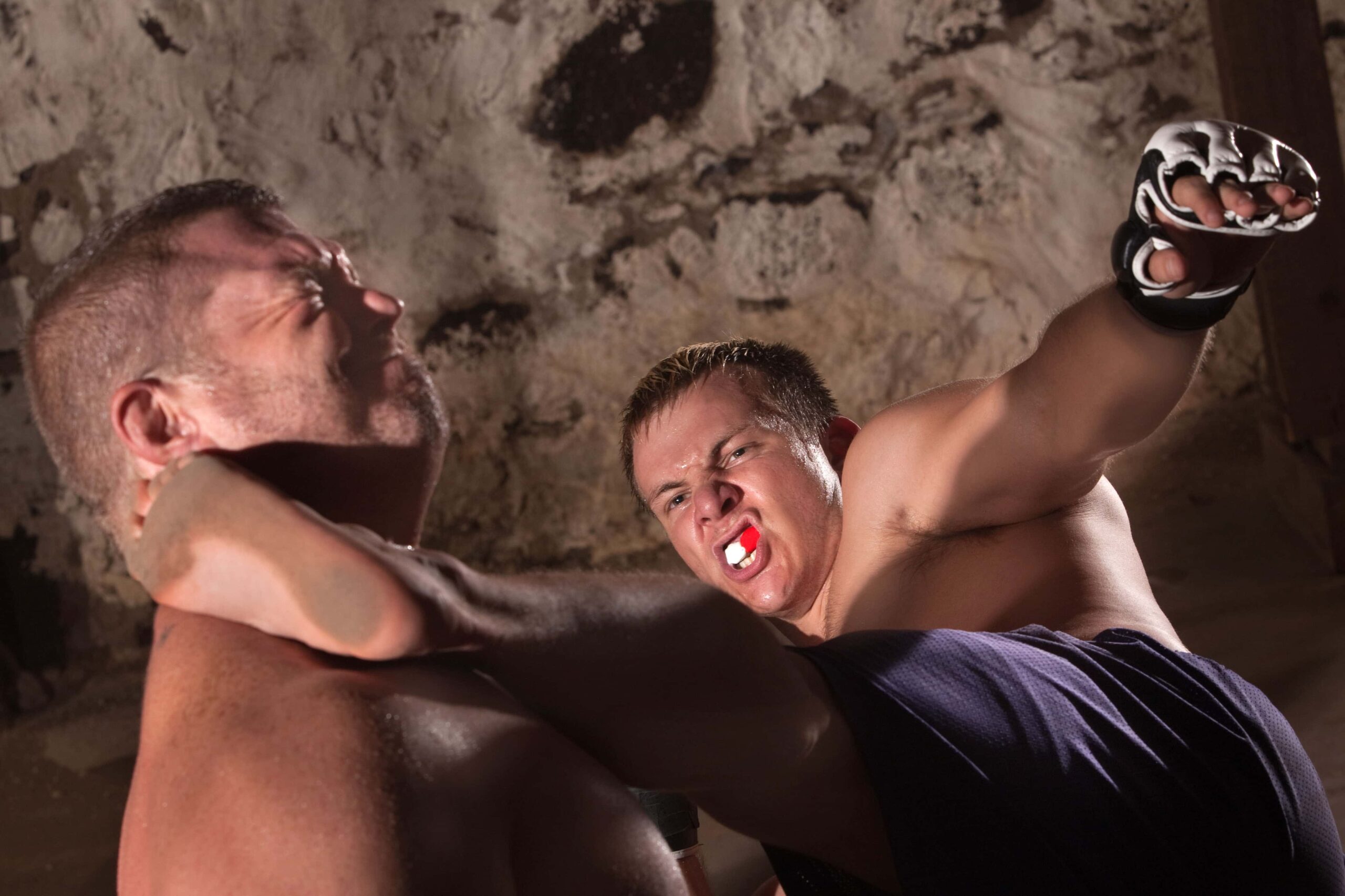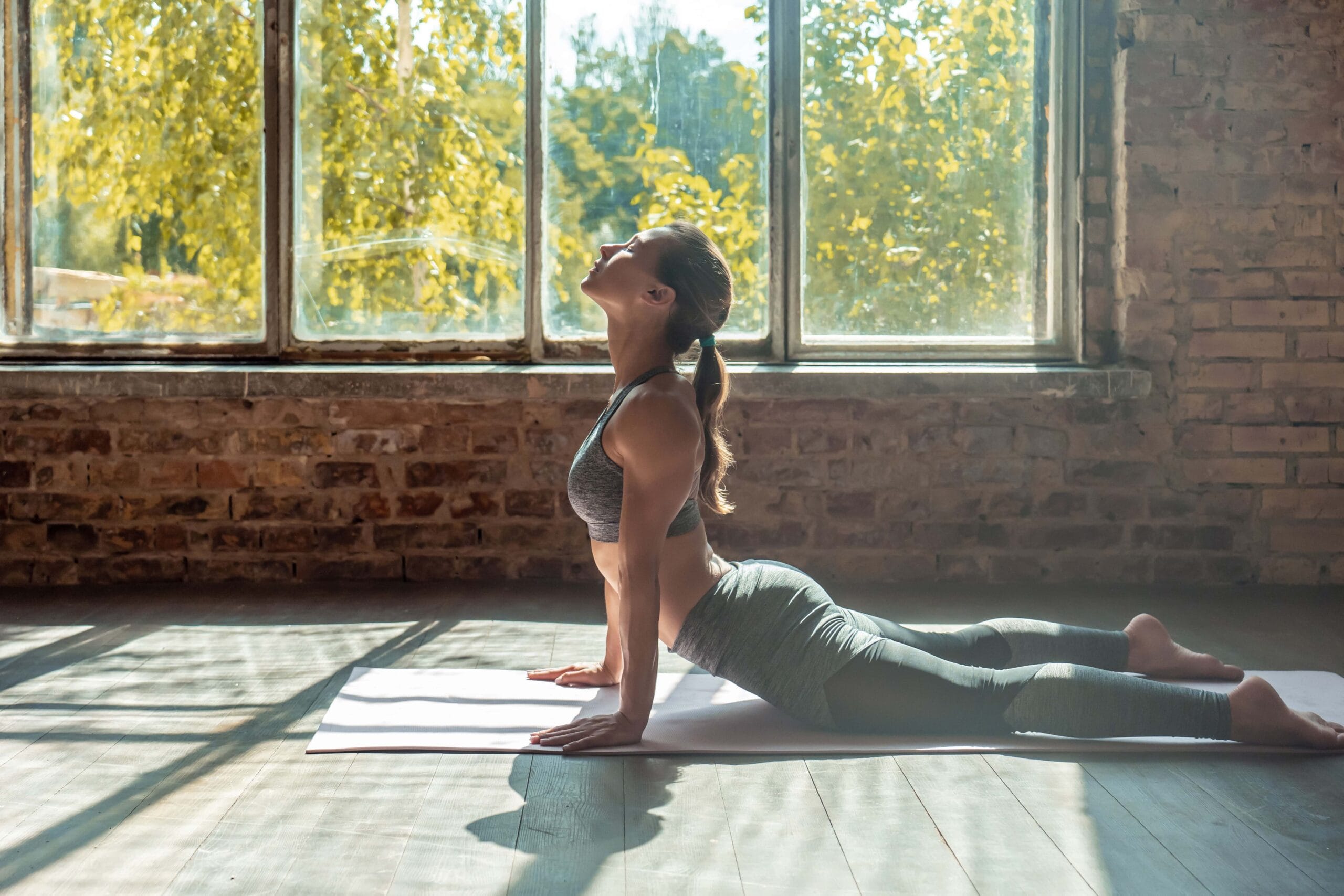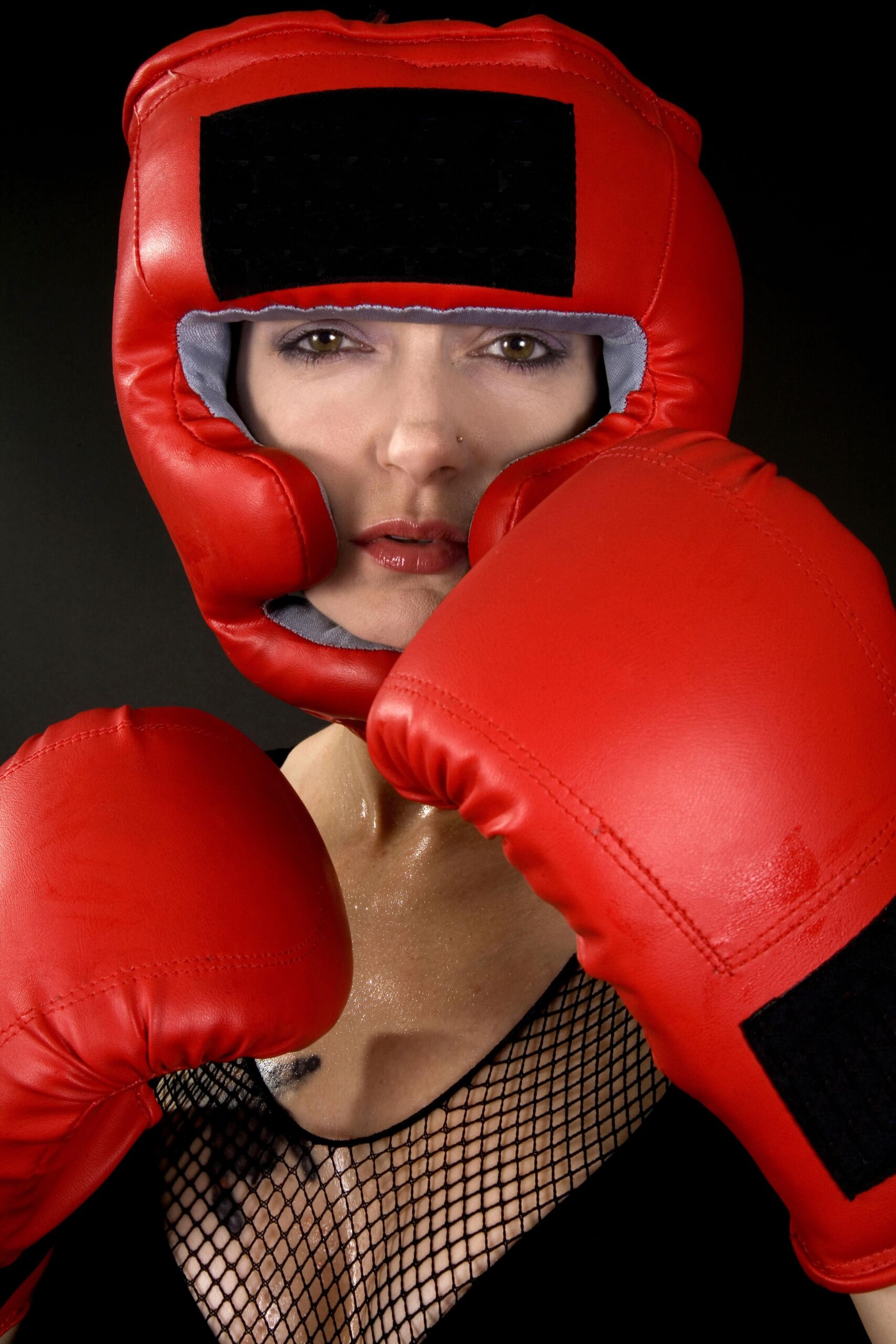Neck injuries are an unfortunate possibility in the dojo. Especially in certain martial arts like jujitsu, judo, and mixed martial arts because they allow choking techniques.
However, neck injuries can be debilitating and life-threatening. UFC’s Tatiana Suarez has been experiencing disc issues but now has left-sided atrophy due to neck injuries. Another MMA fighter was left paralyzed after going down horribly wrong and breaking his neck.
How Do Neck Injuries Occur?
The neck contains many important structures crowded in a narrow space. This includes the cervical spine, major blood vessels like the carotid arteries, the trachea, esophagus, and thyroid.
Studies have shown that neck injuries in martial arts are like whiplash injuries that take place when you’re involved in a car accident. The magnitude and force of impact are just as dangerous.
These forces can cause cervical injuries. Various choking techniques among grapplers can also cause compression of the blood vessels, leading to loss of consciousness. Not surprisingly, judo has been associated with a higher number of neck injuries compared to other martial art forms. Awkward falls to the mat can also cause unexpected neck injuries.
Symptoms of Neck Injuries
Neck injuries don’t just appear with neck pain. In the case of Tatiana, she experienced numbness in the face. It’s a symptom easily attributable to facial nerve injuries. However, neck injuries can cause tingling, numbness, heat, paresthesia, paralysis, and atrophy along the face, neck, arms, back, and shoulders. This could happen insidiously or suddenly. So can you prevent injuries? Yes and No. Here are a few things you can do to prevent neck injuries.

Don’t Take the Gloves Off
It’s been demonstrated that headgear and gloves or padding reduce both the impact of linear and rotational forces on the head and neck. The most severe was the hook punch. So, if possible, wear headgear, especially if you’re a grappler. Train with opponents who use boxing gloves if boxing is involved.
Look Up
While this might seem like common sense, watch any fight. You’ll notice that grapplers and fighters tend to have a slightly hunched stance with their heads bent low. This is to protect the head in a fight. However, it only causes the neck muscles to tense as the muscles are contracted and stretched. Instead, look up.
Ensure there’s a dynamic stretch of the back as you line up your head and neck while straightening your shoulders low. Regular postural training can help your stance overall but is pivotal for your neck. This will also reduce any existing back pain.
Practice Tai Chi
Many martial artists might slate this for older people, but Tai Chi has fundamental postural principles. And hey, Jack Ma does it. Tai chi involves integrated dynamic musculoskeletal breathing and meditation training.
Yet, it also helps you keep the body meridian central. Certain Tai chi exercises can reduce chronic neck pain. These exercises help stretch the neck muscles and maintain that neck shoulder equilibrium.
Strengthening the Neck Muscles
One of the best things you can do to prevent neck injuries is to strengthen your neck muscles. As you flex laterally, go slow, don’t snap. Make sure all the movements are smooth without any jerky movements. You can do the chin tuck, prone cobra, or back burn exercises.
Chin Tuck
This exercise strengthens the muscles that align the head over the shoulders, namely the upper thoracic extensors. They also stretch the scalene and suboccipital muscles. To perform the exercise for the first time, stand with your back against a door jamb. Ensure your feet are about three inches from the bottom of the door jamb. Pull the upper back and head backward until the head touches the door frame. Keep your chin down so that the head is pulled straight back. Hold the head against the door frame in this position for five seconds. Repeat this ten times. Once you’re comfortable doing this, you can do it while seated or even in your car.
Prone Cobra
The prone cobra exercise is an advanced exercise that strengthens the shoulder girdle muscles along with the neck. You start by lying down on the floor face down.

Use gravity for resistance, and to make things easier, place your forehead on a rolled-up hand towel. Place your hands, palms flat against the floor. Your tongue should rest against the roof of your mouth. This stabilizes the smaller muscles in the front neck. Bring your shoulder blades together and lift your hands from the floor.
Roll the elbows inwards, palms out, and thumbs up. Try to lift your forehead about an inch off the towel gently. Keep your eyes straight. Hold this position for ten seconds. This might be difficult at first, so do it for as long as it is possible. Do ten repetitions.
Back Burn
This is a postural exercise. It is done standing with the back against a flat wall. Place the feet four inches from the wall, then flatten the lower back against the wall. Place the elbows, forearms, and palms on the wall. Your wrists should be at the level of your shoulder. Slowly glide the hands up above your head and slowly back down. Repeat this ten times, five times per day. This is also good for your pectoral muscles.
Practice Falling or Landing Softly
Practice landing techniques separately apart from sparring. Let good landing etiquette become second nature through muscle memory. Practiced landing techniques put the body in the right position to rebound safely.
Proper landing movements come fairly easily once you’ve trained. The goal is to land softly and transfer the impact forces. This distribution is transmitted to the larger gluteus muscles and then the hamstrings, quads, and calf muscles during the landing. Jump landings and breakfalls are just some types of landings. However, find out what is most applicable to your martial art form and practice them.
Chronic Neck Injuries

The constant wear and tear on your cartilages cannot be fixed. Any disc issues can be corrected, but they cannot be replaced since cartilage does not regenerate. Disc issues persist. Joints that also experience frequent wear may develop osteoarthritis. And these conditions, though as a result of injuries, cannot be prevented. How you train will determine your longevity as a martial artist. How many injuries you sustain will also influence your path.
Don’t Risk Your Neck
Neck injuries are serious. If they’re not life-threatening, they certainly are life-altering. Often, these injuries and their sequelae persist for years. They can also spiral into other conditions further down the road. Practice your art form with care. There’s no need to risk your neck. If you have some special tips about preventing injuries, let us know.
